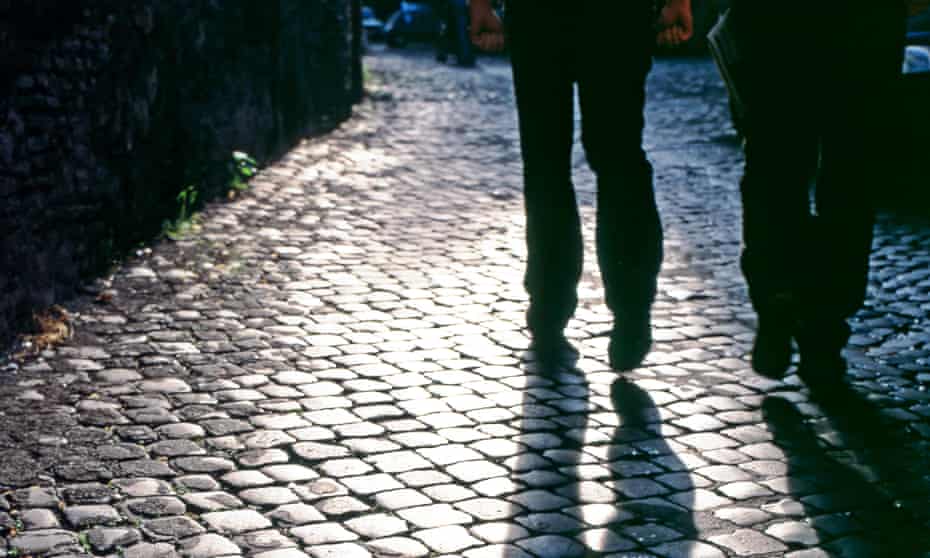For literary buffs and culture enthusiasts, this stone kindles a yearning for horse-driven carriages on snowy pavements. Cinephiles are all too familiar with classic films that show bright-eyed protagonists hurrying on neatly paved sidewalks with an air of mystery over them. Who hasn’t daydreamed about walking down perfectly cobbled streets of Paris, fingers intertwined with a loved one’s? Every architect was once a child bewildered by the stunning paved alleys of ancient Rome. What is the story of this magical stone that has been winning the hearts of wanderers for time immemorial? Let’s find out more about the cobblestone and its undeniable aesthetic and cultural appeal.
Origins
The word “cob” is the prime semantic signifier in the word cobble. Used to indicate any object oval or round in shape, this root word was instrumental in defining the appearance of the stone itself. These were common rocks found in riverbeds and played a vital role in filtering the water and producing crystal clear rivers. Cobbled ruins from ancient Hierakonpolis exist in Egypt, but medieval and modern cobbled architecture has stood the test of time in Europe. In ancient Rome, this was a popular material for paving roads. Soon, in the middle ages, England discovered that stones found on riverbanks could be an apt alternative to mud roads. The rest of the world caught up with this mode of paving roads but quickly shifted to flint and later asphalt. But cobbles continue to remain a part of the cultural portrait of historic Europe.
The Transition
With the advent of messenger services and carter system in England, road traffic was higher than ever. Mud roads did not live to see the light of the day after torrential downpours. In winters, the roads got clogged with snow. There was a dire need for the state to find a better material. Innovation came in the form of cobblestones. Pavers and city planners realized that these stones were resilient in any weather. Apart from the occasional water wash, the new roads required little to no maintenance. The next major transition to cobbles throughout Europe came following World War II. The historic war had left every corner of Europe in shreds. Mud roads could not survive severe cannon hits, leaving major European countries like Germany and Denmark to turn towards England for paving tips. The rest of the developed world, including New Zealand and Australia, followed suit.
The Developing World
Muddy roads might no longer be a problem in the west. They belong in the middle ages as passive reminders of underdevelopment and premodern darkness. But in formerly colonized states such as India, Mexico and other developing countries, mud roads are present-day realities. In such situations, cobblestone pavements are reasonable and environment-friendly alternatives to concrete and asphalt. This new paving mode could restore previously damaged water tables since they enable easy seeping of rainwater into the ground.
Conclusion
The aesthetic value of paved stones grew due to two factors. Firstly, the flourishing of European tourism prompted a global image of the landscape of the continent. As more and more tourists flocked to historical spots like Rome, Paris, London, Vatican City, and Greece, they brought home a dreamy imagination of these places. Streets paved with shiny gravels constituted a considerable part of this perception. Secondly, a subculture called ‘dark academia’ pushed a romanticization of classical literature, elite European schools, and aesthetics related to these elements. Since cobblestone alleys and pathways were a common sight in affluent parts of Europe, it became native to this aesthetic. Despite its roots, this material has become a reliable component in paving and has revolutionized urban and rural spaces everywhere.

